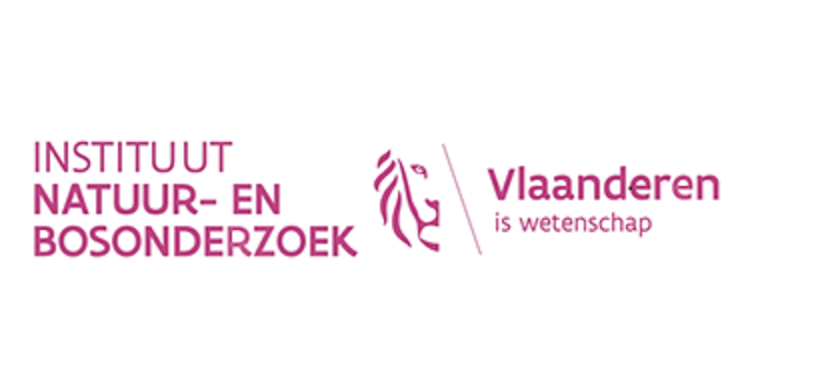2013_ALBERTKANAAL - Acoustic telemetry data for European eel (Anguilla anguilla) and hatched Salmon (Salmo salar) in the Albert canal (Belgium)
Research Institute for Nature and Forest (INBO)
Dataset type
Deze dataset bevat primaire waarnemingsgegevens voor soorten.
Beschrijving
<p>This is an acoustic telemetry dataset published by the Research Institute for Nature and Forest (INBO). It contains animal (fish) tracking data collected by the Permanent Belgian Acoustic Receiver Network <a href =" https://lifewatch.be/en/fish-acoustic-receiver-network">(https://lifewatch.be/en/fish-acoustic-receiver-network)</a> for the project/study 2013_albertkanaal, using VEMCO tags (V7, V9, V13) and receivers (VR2AR, VR2Tx, VR2W). In total 161 female individuals of European eel (<i>Anguilla anguilla</i>) and 134 (hatched) smolts of Atlantic salmon (<i>Salmo salar</i>) were captured, tagged and released between 2013 and 2017, to study the effect of shipping locks and hydropower plants on their downstream migration in the Albert canal.</p><p>Navigation locks play an important role for ship navigation on canals and other regulated waterways worldwide. Unfortunately, these structures may severely impact the aquatic ecosystem and freshwater fish in particular. In Belgium (Europe), the Albert canal connecting the Meuse river to the Scheldt river, is an important migration route for European eel (critically endangered) and Atlantic salmon (vulnerable). During their downstream migration these fish are hampered by six subsequent navigation lock complexes present in the canal. Three of which are by-passed by a small channel leading to a hydropower plant with large Archimedes screw turbines. In the coming years, three more such hydropower plants are to be installed next to three of six ship lock complexes. The Archimedes screws function both as pump and turbine (hydropower generator). Two dimensional fine scale positioning, as well as impact assessment through assessment of fish injury and mortality at the Archimedes screws, was performed to better understand the overall impact of these anthropogenic structures on diadromous fish, such as eel and salmon.</p><p>This dataset was collected using infrastructure provided by VLIZ and INBO funded by the Research Foundation - Flanders (FWO) as part of the Belgian contribution to LifeWatch. The study was commissioned by the Vlaamse Waterweg NV.</p><p>Data have been standardized to Darwin Core using the <a href=" https://inbo.github.io/etn/"> etn </a> package and are downsampled to the first detection per hour. The original data are managed in the European Tracking Network data platform (<a href=" https://lifewatch.be/etn/">https://lifewatch.be/etn/</a>) and are available in Baeyens et al. (2020, <a href=" https://doi.org/10.14284/431">https://doi.org/10.14284/431</a>).</p>;
Type inhoud
Omvat: Puntvoorkomstengegevens, gbif import.Bronvermelding
https://doi.org/10.14284/431
Gedigitaliseerde records
Ophalen... het aantal records dat toegankelijk is via de Vlaams Biodiversiteitsportaal. Deze bron werd voor het laatst gecontroleerd op bijgewerkte gegevens op 29 Sep 2025.
Metadata voor het laatst bijgewerkt op 2025-10-18 15:30:17.0
Laden...


